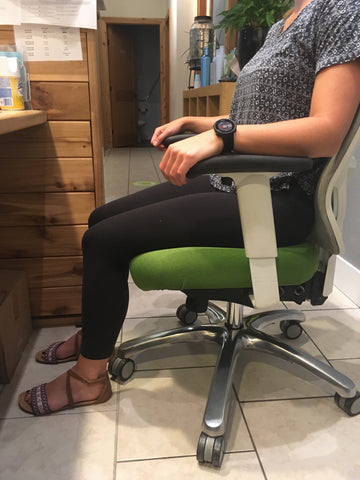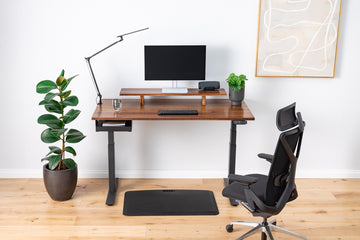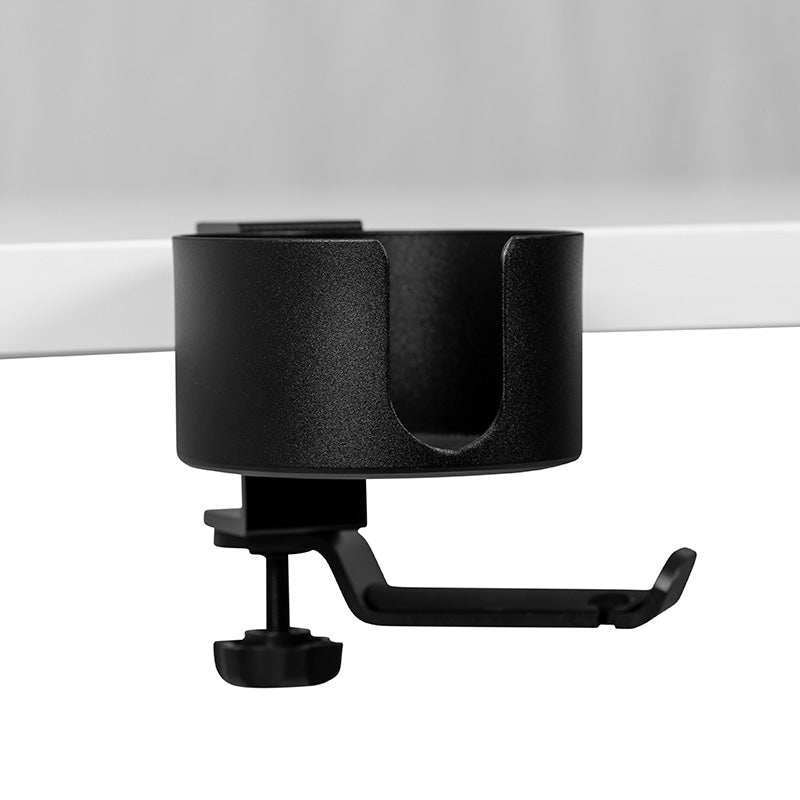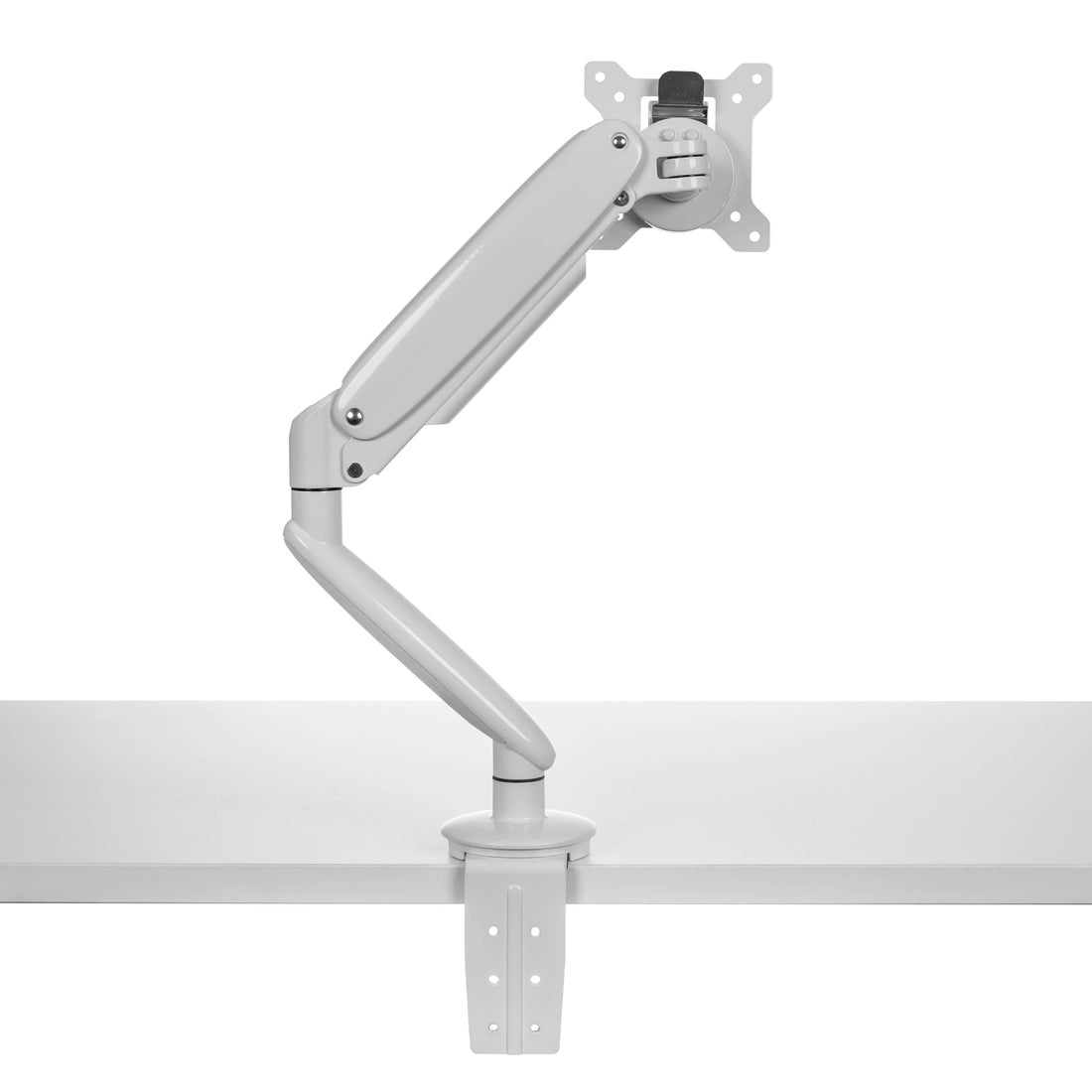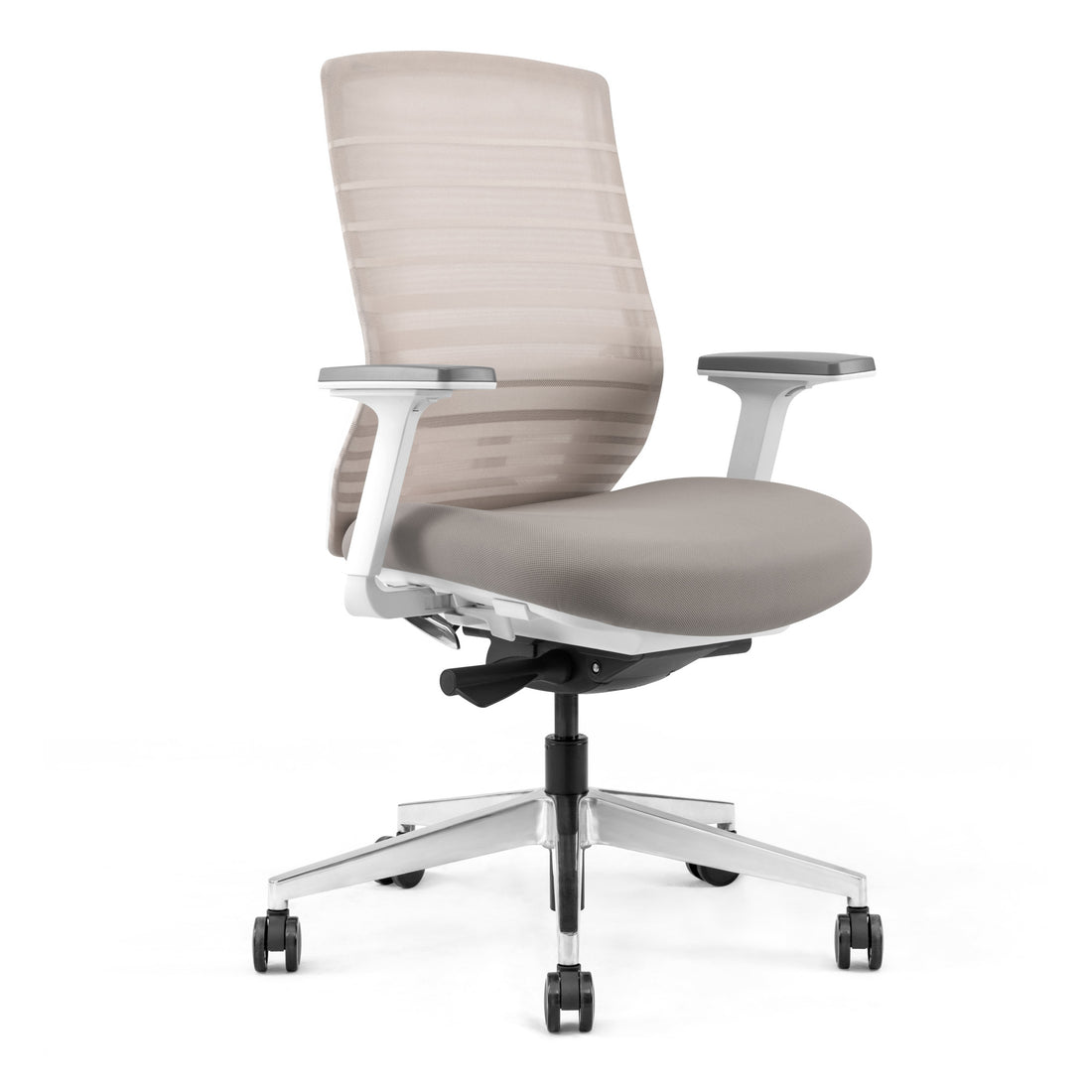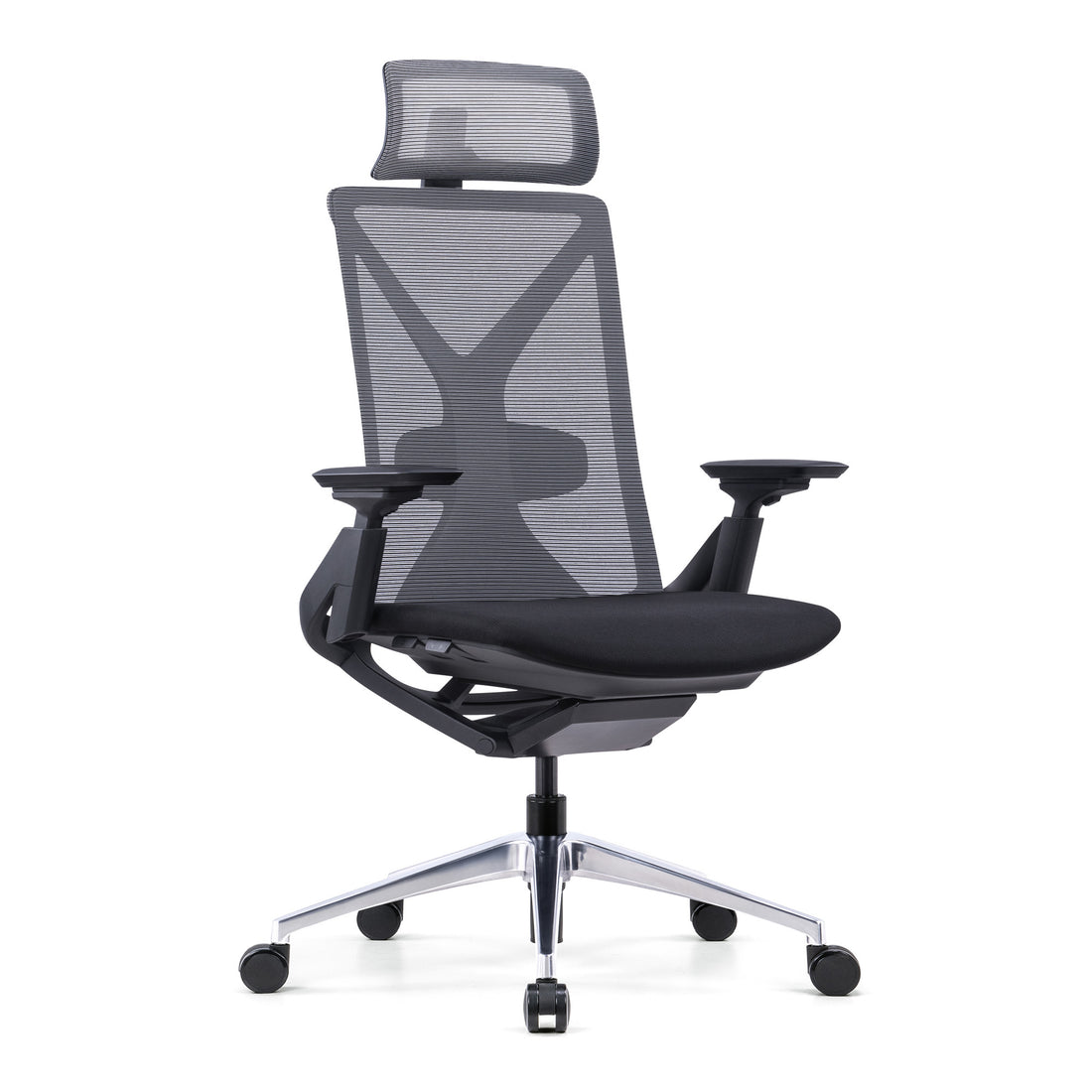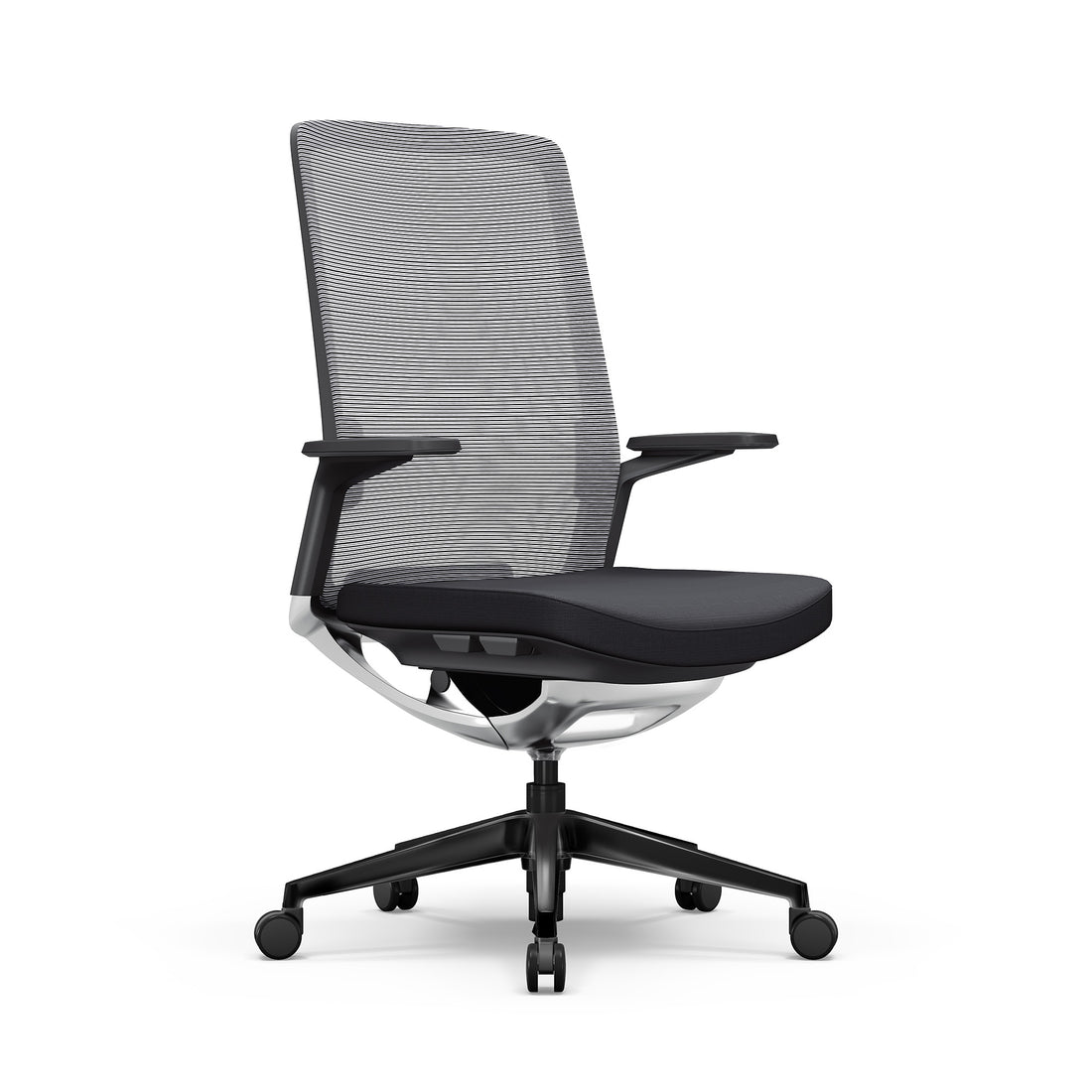Maintaining good posture in your office chair is a game-changer for your well-being and productivity. Even with the best office chair for posture positioned at your desk, you should still keep several crucial pointers in mind, so the proper posture support for your office chair keeps you comfortable at your desk for hours.
Say goodbye to bad posture forever with these expert tips on office chair posture from UpDown Desk:
How to Adjust the Components Of An Ergonomic Office Chair
Sitting with correct posture in an office chair depends on two factors: the adjustability of your office chair and your sitting posture.
To be properly positioned and ergonomically optimised, you should be able to adjust your chair’s backrest reclining angle, backrest height, seat height, seat tilt and armrest height.
 |
Backrest Angle
In order to find the optimal backrest angle, sit upright with your shoulders back and your neck straight. Position your lower back so that the top of your buttocks is against the back of the chair. Then, adjust the backrest angle to correspond with your proper sitting posture. |
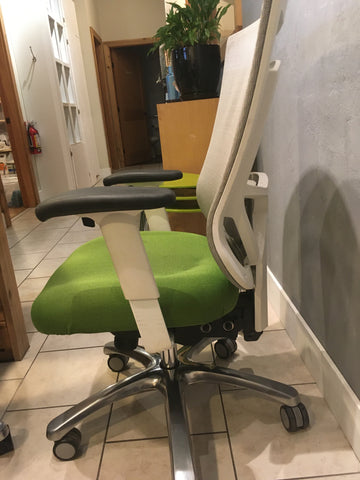 |
Backrest Height
|
 |
Lumbar RollsUsing a lumbar roll can help maintain the lumbar curve while you sit. Bending too far forward in your lower back causes increased pressure on your low back joints, and can lead to pain or back problems over time. While many expensive products exist on the market, you can also fashion your own lumbar roll from a rolled-up towel.
|
 |
Seat Height
|
 |
Seat TiltIf you have a history of buttock or thigh pain, tilting your seat down by a few degrees can help decrease the amount of pressure put on these structures while you are sitting throughout the day. |
 |
Armrest HeightIf your chair has armrests, take note of the following points:
|
Footstool
Can’t reach the floor comfortably and feel like you lack posture support for your office chair? Consider using a footstool. Ensure that your feet are comfortably flat on the ground or stool, and you maintain a 90-degree angle from your legs up to the floor.
Seat Depth
You should have around 5 to 7 centimetres of clearance between the edge of the chair and the back of your legs. If this space is too compressed, you risk compressing essential arteries, veins and nerves in the back of your legs, leading to chronic medical conditions or persistent pain.
The Importance of Standing Desk Ergonomics
Although having good posture in your office chair is all well and good, sitting for long hours at a time can still take its toll on your body. Part of figuring out how to set up an ergonomic workstation involves delving into standing desk ergonomics as well.
There are numerous benefits to having standing desks, and we’re here to discuss some of them:
- Energises You at Work — It’s much easier to get up and move with a standing desk installed — you won’t have to sit up to get moving!
- A Path to Better Posture — Because it’s easier to maintain proper posture when standing, you may experience less strain on your shoulders, neck and upper back.
- Exercise Easily — While standing, you can have a stepper or walking pad underneath your standing desk, so you can burn calories while working for hours!
Before you shop for your own standing desk, read up on the right standing desk height for your needs and find out how long you should stand at your standing desk.
Shop the Best Furniture for Good Posture With UpDown Desk
To unlock your most healthy, productive self — you need the best sit stand desk in Australia. And at UpDown Desk, that's just what you'll find.
Shop for the best office chair for your posture, as well as standing desks and other essentials. Here is what we have available:
- Ergonomic office chairs
- Ergonomic standing desks
- Ergonomic standing work desks
- L-shaped and corner desks
- Manual standing desks
- Standing desk converters
- Electric corner standing desks
- Electric standing desk frames
Change the way your body moves at work today with UpDown Desk!

